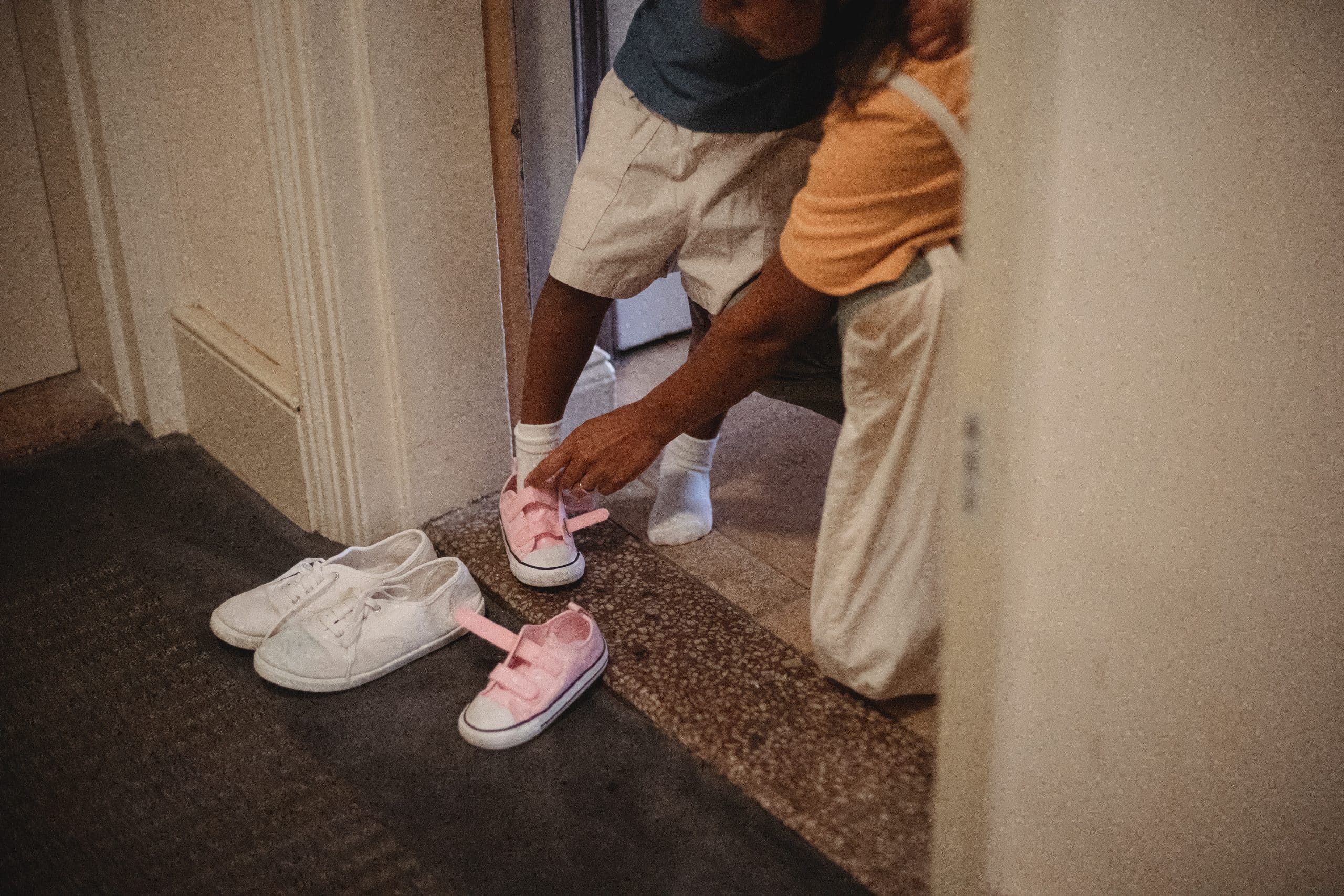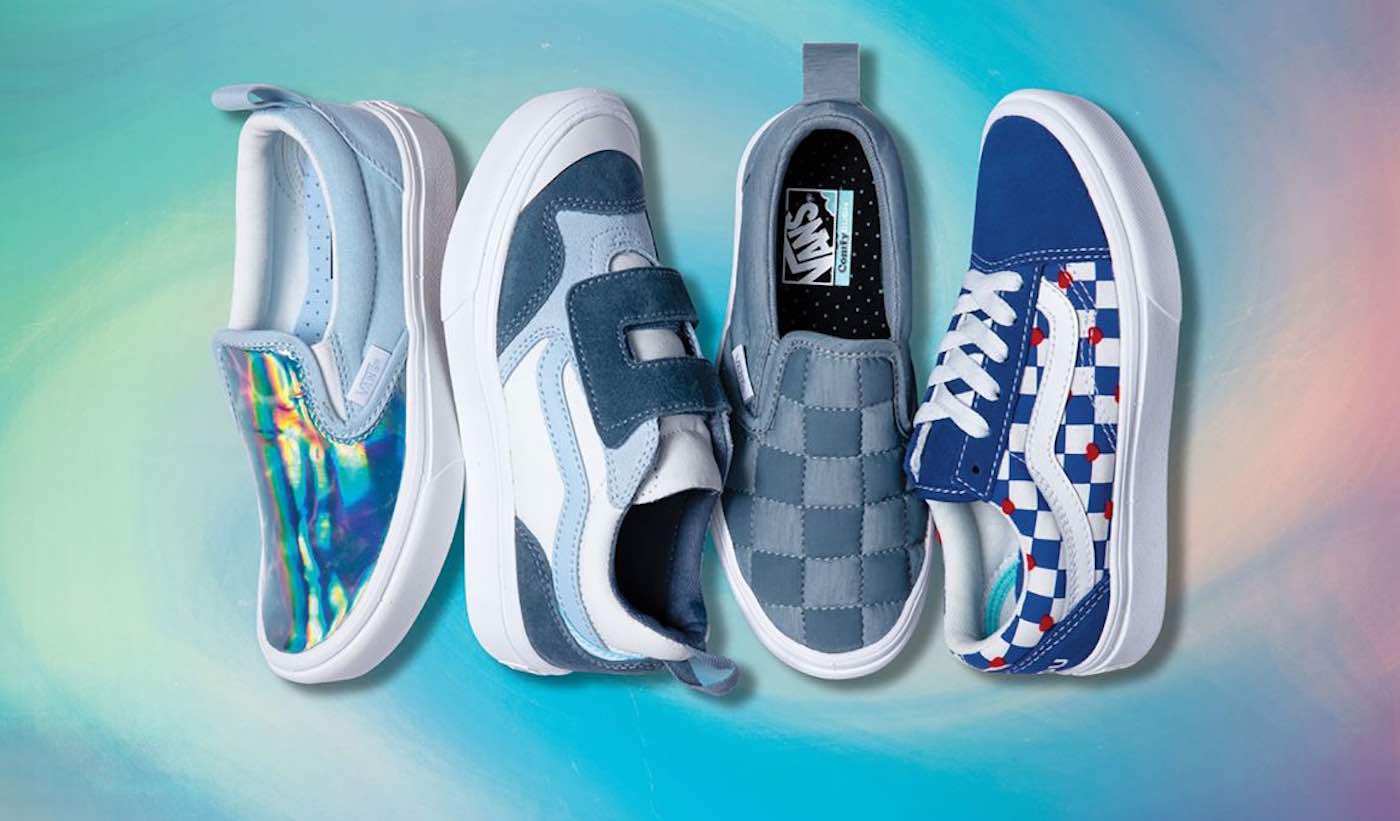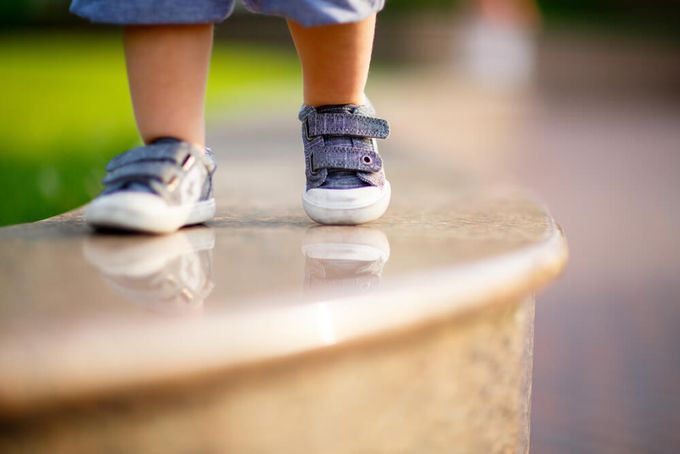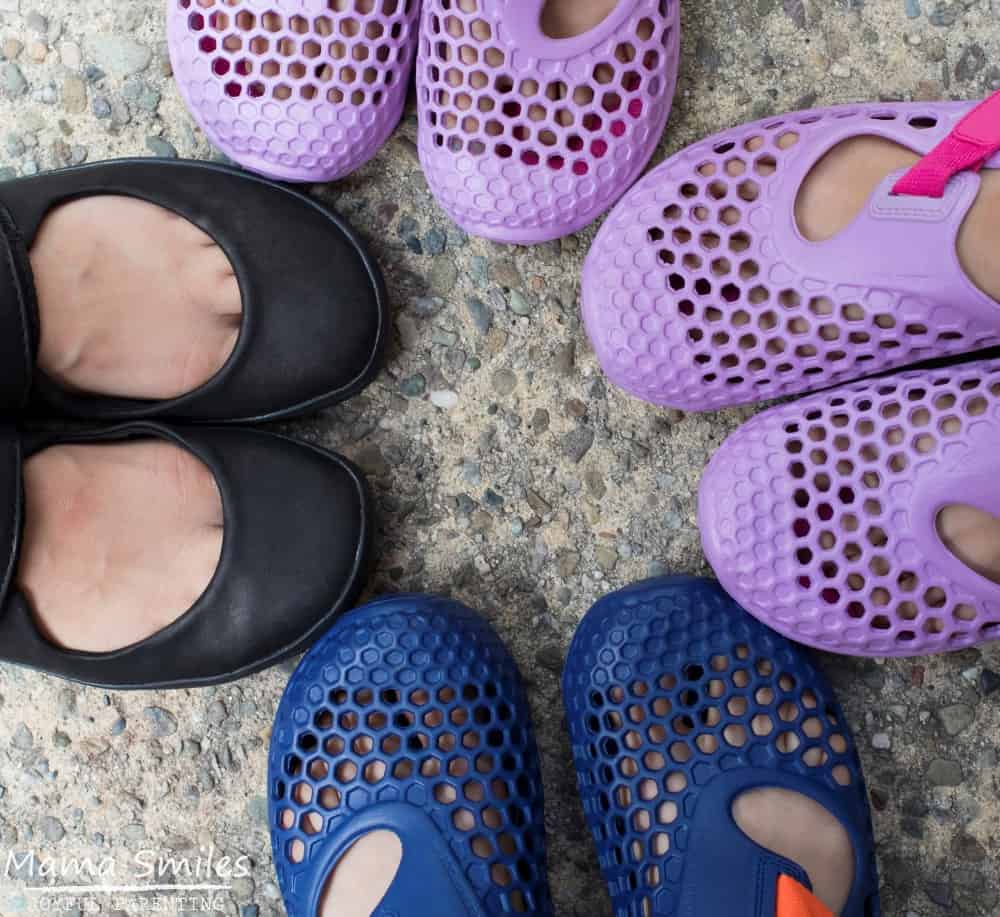As parents, we always want the best for our children, especially when they have unique needs such as sensory sensitivities. Kids with sensory issues often struggle with certain textures, tightness, or even noises that come from their footwear. In this guide, we will explore the best options for shoes that cater to children with sensory issues, ensuring a comfortable fit that allows them to move freely and confidently.
Understanding Sensory Issues in Children
Sensory processing issues can manifest in various ways, affecting how a child perceives sensory stimuli. For many children, the sensation of wearing certain shoes can trigger discomfort or anxiety. This can lead to refusal to wear shoes altogether or persistent complaints about their fit. Understanding these issues is crucial in selecting appropriate footwear.
Common Sensory Sensitivities
- Texture: Many children are sensitive to the materials of the shoe, like rough seams or uncomfortable linings.
- Tightness: Shoes that are too tight can cause distress; look for brands that offer wide options.
- Noise: Shoes that squeak or make noise while walking can be distracting and uncomfortable.
Features to Look for in Shoes for Kids with Sensory Issues
When selecting shoes for children with sensory issues, several key features can enhance their comfort and security:
Soft Materials
Opt for shoes made from soft, flexible materials that won’t irritate the skin. Look for natural fibers or soft synthetics that are gentle against the foot.
Adjustable Closures
Instead of traditional laces, consider shoes with adjustable closures like Velcro or elastic bands. This allows for easy adjustments to accommodate swelling or provide a snugger fit.

Lightweight Design
Heavy shoes can feel cumbersome. Choose lightweight designs that allow for better movement and less fatigue during play.
Cushioned Insoles
Consider shoes with cushioned insoles to provide additional comfort and support, helping to absorb shock with each step.
Wide Fit Options
Kids with sensory sensitivities often prefer wider shoe options. Many brands cater to this need, providing a variety of widths that ensure a better fit.
Top Shoe Brands for Kids with Sensory Issues
Many brands understand the unique needs of children with sensory issues and provide shoes specifically designed to cater to those needs.

1. Stride Rite
Stride Rite offers a range of shoes that combine style, comfort, and functionality. Their shoes are designed with soft materials and provide excellent arch support.
2. New Balance
New Balance is known for providing shoes that come in various widths and sizes, making it easier for parents to find a comfortable fit for their children.
3. See Kai Run
This brand focuses on lightweight shoes with flexible soles, suitable for children who need a little extra comfort and support.

4. Livie & Luca
Livie & Luca shoes are crafted with high-quality materials and are designed with sensory-friendly features, perfect for children with sensitivities.
Comparative Analysis of Sensory-Friendly Shoe Brands
| Brand | Materials | Closure Type | Insole Type | Width Options |
|---|---|---|---|---|
| Stride Rite | Soft Leather | Velcro | Cushioned | Yes |
| New Balance | Mesh and Synthetic | Laces/Velcro | Supportive | Yes |
| See Kai Run | Flexible Leather | Velcro | Soft | Standard |
| Livie & Luca | Natural Materials | Velcro | Soft | Yes |

Tips for Choosing the Right Shoes
Here are some practical tips to help you choose the right shoes for your child:
1. Involve Your Child in the Selection Process
Letting your child help pick out their shoes can make them feel more comfortable and in control of their choice.
2. Try Shoes on Later in the Day
Feet can swell during the day. Trying shoes on in the afternoon can help ensure a better fit.

3. Check for Proper Fit
Always check that there is about a thumb’s width of space between the end of the shoe and your child’s longest toe.
4. Pay Attention to the Sock Thickness
When trying on shoes, consider the type of socks your child will typically wear. Thicker socks may require a larger shoe size.

Local Resources and Support Services
In many communities across the USA, resources are available to assist families with children who have sensory issues. Consider checking with local occupational therapists who may provide shoe recommendations or sensory-friendly shopping events.
Local Group Initiatives
Organizations like Autism Speaks host community events where parents can connect and share resources, including recommendations for sensory-friendly footwear.

FAQs About Shoes for Kids with Sensory Issues
What are the best shoes for kids with sensory issues?
The best shoes are those that are soft, lightweight, and designed with adjustable closures. Brands like Stride Rite and See Kai Run are often recommended.
How can I determine if shoes are sensory-friendly?
Look for shoes made from soft materials, with features like cushioned insoles, lightweight design, wide fit options, and minimal seams to ensure comfort.
Can sensory issues change over time?
Yes, sensory sensitivities can change as children grow and develop. It’s essential to regularly assess their comfort with their current footwear.
Conclusion
Selecting the right shoes for kids with sensory issues can significantly affect their comfort and overall experience. By understanding their needs and exploring options, parents can make informed decisions that encourage both independence and mobility. Remember, the aim is to create a positive experience around wearing shoes, allowing your child to thrive in all their activities.